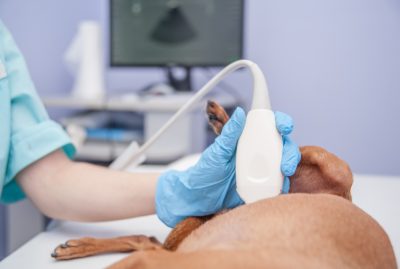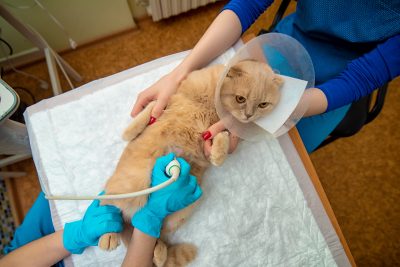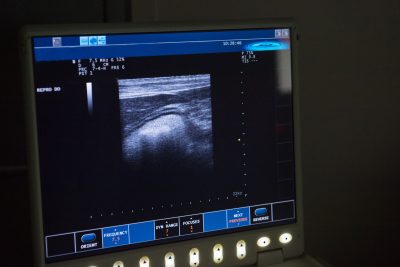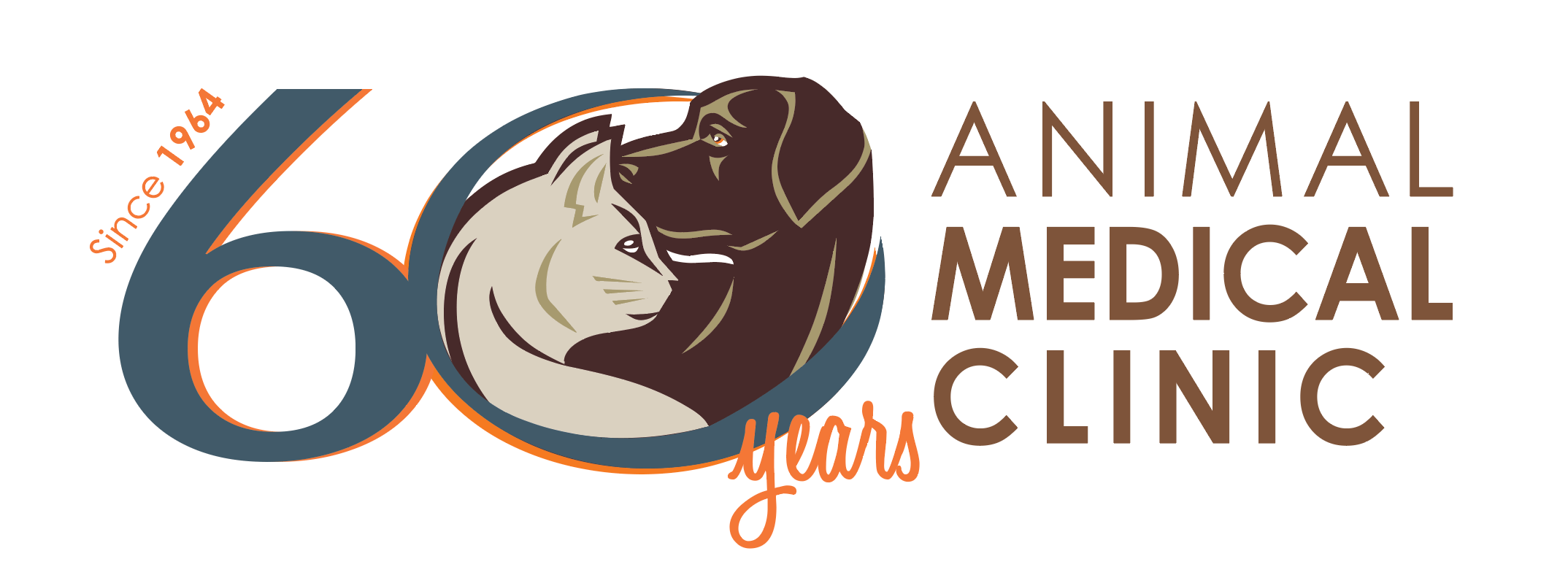Advantages of Ultrasound Technology
 Ultrasound is used to diagnose diseases of the liver, kidney, heart and many other organs. It is also used for pregnancy diagnosis. It is a non-invasive technology that allows us to actually see inside the body. However, unlike x-rays, there is no radiation exposure to the patient. As the name implies, ultrasound uses very high frequency sound waves to form a picture of the internal organs similar to sonar. Compared to x-rays, which basically give an outline of the internal organs and bones, ultrasound allows us to actually see the internal architecture and structure of an internal organ. This is a major advantage over x-rays because it allows us to see abnormalities within the organs with much greater precision and accuracy. We are able to see tumors and other small localized abnormalities within the organs that are not visible on x-ray films. Another very important advantage of ultrasound over x-rays is that it allows us to measure the size of structures within the body and to visualize blood flow in arteries, veins, and organs within the body.
Ultrasound is used to diagnose diseases of the liver, kidney, heart and many other organs. It is also used for pregnancy diagnosis. It is a non-invasive technology that allows us to actually see inside the body. However, unlike x-rays, there is no radiation exposure to the patient. As the name implies, ultrasound uses very high frequency sound waves to form a picture of the internal organs similar to sonar. Compared to x-rays, which basically give an outline of the internal organs and bones, ultrasound allows us to actually see the internal architecture and structure of an internal organ. This is a major advantage over x-rays because it allows us to see abnormalities within the organs with much greater precision and accuracy. We are able to see tumors and other small localized abnormalities within the organs that are not visible on x-ray films. Another very important advantage of ultrasound over x-rays is that it allows us to measure the size of structures within the body and to visualize blood flow in arteries, veins, and organs within the body.
 A major disadvantage to ultrasound technology is that it does not penetrate bone or air well, making it difficult to visualize the lungs or bones within the body. However, we can visualize the heart in the chest. This specific form of ultrasound exam is known as an echocardiogram or “echo” for short. This allows us to see in real time the heart beating and pumping blood. It gives us the major advantage of identifying congenital defects of the heart, degenerative valves, measuring how well the heart is contracting, measuring blood flow, and allows us to measure individual chamber sizes of the heart. Having this ability allows us to diagnose diseases that cannot be diagnosed through x-rays or other laboratory tests.
A major disadvantage to ultrasound technology is that it does not penetrate bone or air well, making it difficult to visualize the lungs or bones within the body. However, we can visualize the heart in the chest. This specific form of ultrasound exam is known as an echocardiogram or “echo” for short. This allows us to see in real time the heart beating and pumping blood. It gives us the major advantage of identifying congenital defects of the heart, degenerative valves, measuring how well the heart is contracting, measuring blood flow, and allows us to measure individual chamber sizes of the heart. Having this ability allows us to diagnose diseases that cannot be diagnosed through x-rays or other laboratory tests.
See in Real-Time
 Because ultrasound allows us to visualize in real-time what is happening within the body, we are also able to use this technology to obtain biopsies of tissues. This is done by inserting a small needle into the “visual plane” created by the ultrasound allowing us to place the tip of the needle exactly where we want to obtain our biopsy from within an organ or tissue. Using this technique allows us to obtain a more accurate diagnosis without the need for exploratory surgery in many cases. As technology develops further, ultrasound is becoming more and more indispensable in the practice of veterinary medicine.
Because ultrasound allows us to visualize in real-time what is happening within the body, we are also able to use this technology to obtain biopsies of tissues. This is done by inserting a small needle into the “visual plane” created by the ultrasound allowing us to place the tip of the needle exactly where we want to obtain our biopsy from within an organ or tissue. Using this technique allows us to obtain a more accurate diagnosis without the need for exploratory surgery in many cases. As technology develops further, ultrasound is becoming more and more indispensable in the practice of veterinary medicine.



